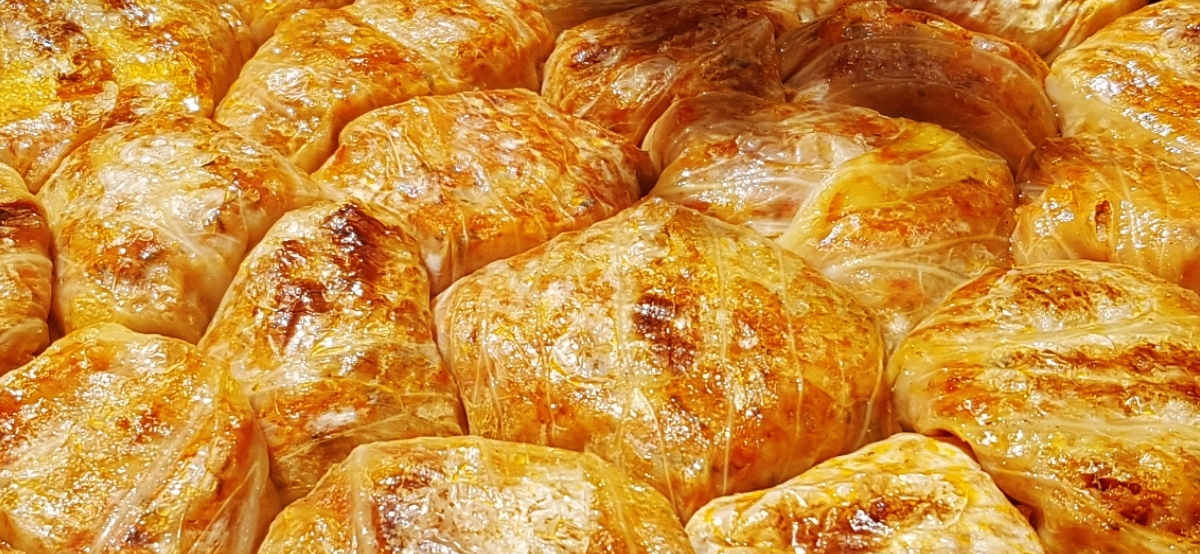
Thracian cuisine
The most expansive lowlands in Bulgaria is the Upper Thracian Lowlands, also known as Thrace, colloquially.
Since ancient times, distinct sorts of vegetables and fruits and extensive vineyards with unique grape varieties have contributed to a diverse cuisine.
Sarmi – prepared from vine or cabbage leaves stuffed with rice, minced meat or bulgur and spices.
Sarmi – vine or cabbage leaves filled with bulgur and spices.
Thracian gyuvetch – a rich set of vegetables, meat / pork, beef or sheep /, all chopped in a traditional way and baked in clay pots.
Panagyur iaitsa – a light and quick dish prepared from poached eggs on top of yogurt and drizzled with fried red pepper spice and butter.
Thracian kavarma – pork, mushrooms, peppers, tomatoes and carrots are cooked in clay pots with lard and various spices.
Gyuzleme – a special dough from flour and buttermilk. Rolled out into small squares, folded into triangles and baked. While usually filled with cheese, they can also be filled with a variety of jams.
Liutenitsa– Liutenitsa, a classic vegetable relish, has always been part of the autumn-winter table of Bulgaria. It is prepared from roasted and peeled red peppers, sometimes with tomatoes, sometimes with carrots and aubergines. Boiled, fried and preserved as a delicious treat during the cold winters. It acquires a spicy taste from hot peppers, hence the name (lyut – spicy)


